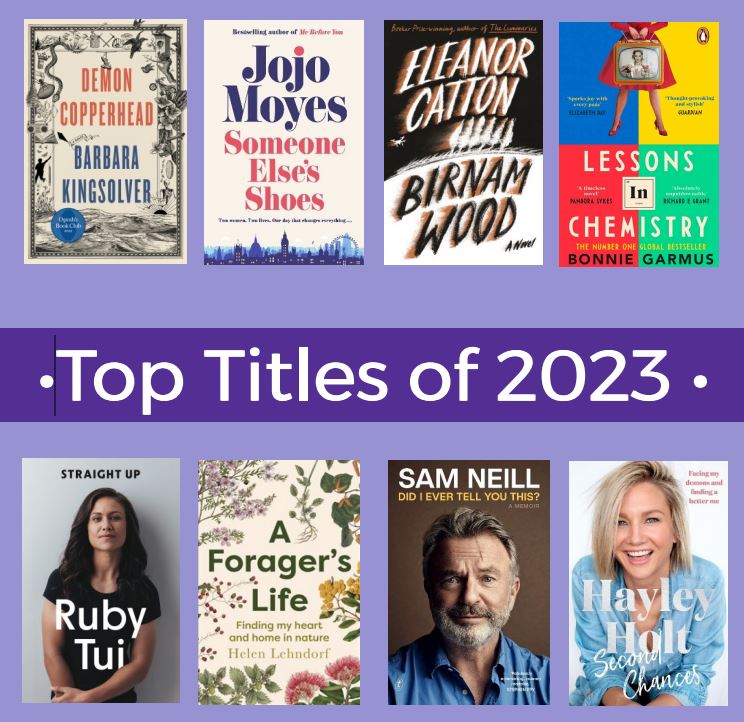
Here are some of the most-issued books of 2023. Are your favourites on the list?
Click on a cover to find that book on the Library catalogue.

Here are some of the most-issued books of 2023. Are your favourites on the list?
Click on a cover to find that book on the Library catalogue.
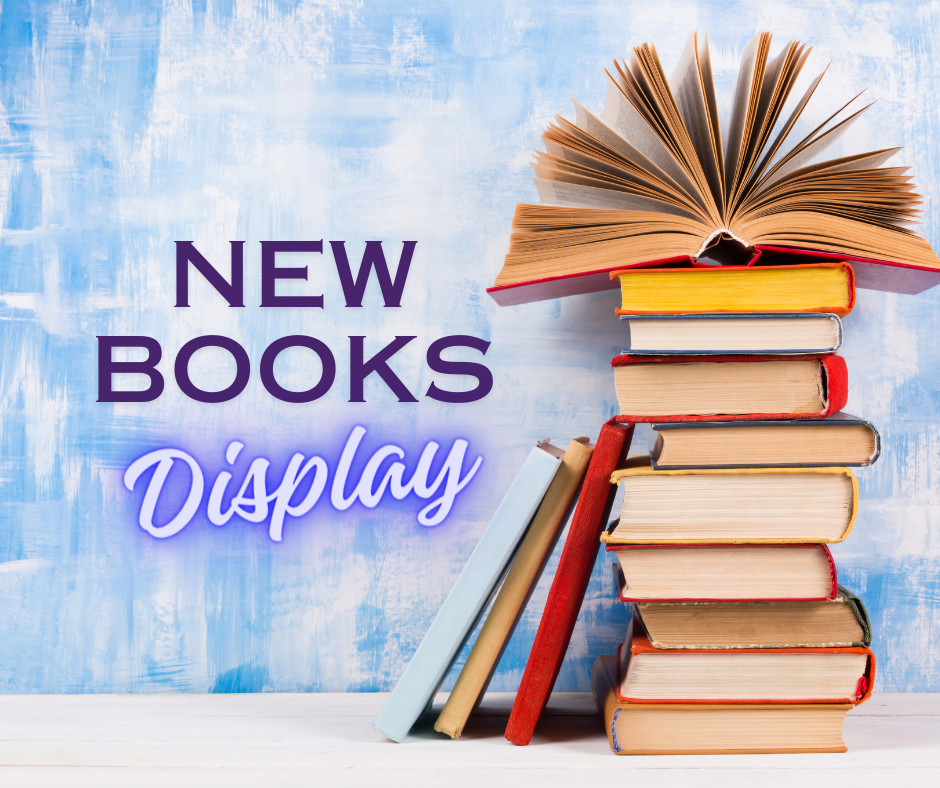
The last New Books Displays in the Fiction and Non-Fiction areas go up on Thursday Dec 14. The first one of 2024 will be on Thursday Jan 11.
Don’t forget to subscribe to the New Titles email – once we restart the lists on Jan 11, you’ll get a selection of the latest titles straight to your inbox every week!

The Ngaio Marsh Awards, established in 2010, promote and celebrate excellence in Kiwi crime writing, both Fiction and Nonfiction. This year‘s prize winners were announced on Friday night in Christchurch. Congratulations to all the winners!
– Best Non-Fiction: MISSING PERSONS by Steve Braunias

– Best First Novel: BETTER THE BLOOD by Michael Bennett
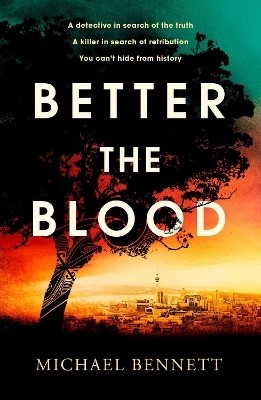
– Best Novel: REMEMBER ME by Charity Norman

And on the other side of the world, the 2023 Booker Prize winner was announced this morning.
Irish author, Paul Lynch, won with his fifth novel Prophet song, an exhilarating, propulsive and confrontational portrait of a country – and a family – on the brink of catastrophe. Ireland is in the grip of a government that is taking a turn towards tyranny and Eilish Stack, the novel’s protagonist, soon finds herself trying to make sense of the nightmare of a collapsing society – assailed by unpredictable forces beyond her control and desperate to do whatever it takes to keep her family together.
Check out a short clip where Paul talks about the book here.


Some of the Community Libraries have led the way with this, and starting in early November, the Central Library will follow suit with a Seed Library!
More details to come, but briefly, a seed library is a collection of seeds that everyone can ‘borrow’ from.
The Seed Library is stocked by donations from the public, so borrowers are encouraged to ‘return’ seeds saved from the plants they grew from the seeds they borrowed – or other seeds surplus to their requirements. This means that the Seed Library stays stocked for everyone to enjoy!
Of course, you can still use the Seed Library even if unable to contribute seeds.
The Seed Library is for everyone! You don’t need to be a Palmerston North City Library member to borrow seeds.

There will be a series of screenings on Mondays at 10am, between now and Dec 4th on the Mezzanine Floor, provided via the wonderful Beamafilm service.
Beamafilm is a movie streaming platform for documentaries, and independent features. Stream content straight from your TV, computer or device – all you need is a library card!
Come along and you’ll see how you could use Beamafilm at home, or simply take a seat and enjoy a movie, with tea and coffee provided.
Let us know if there’s a specific film on Beamafilm you’d like to watch, and we’ll see if we can play it for you!
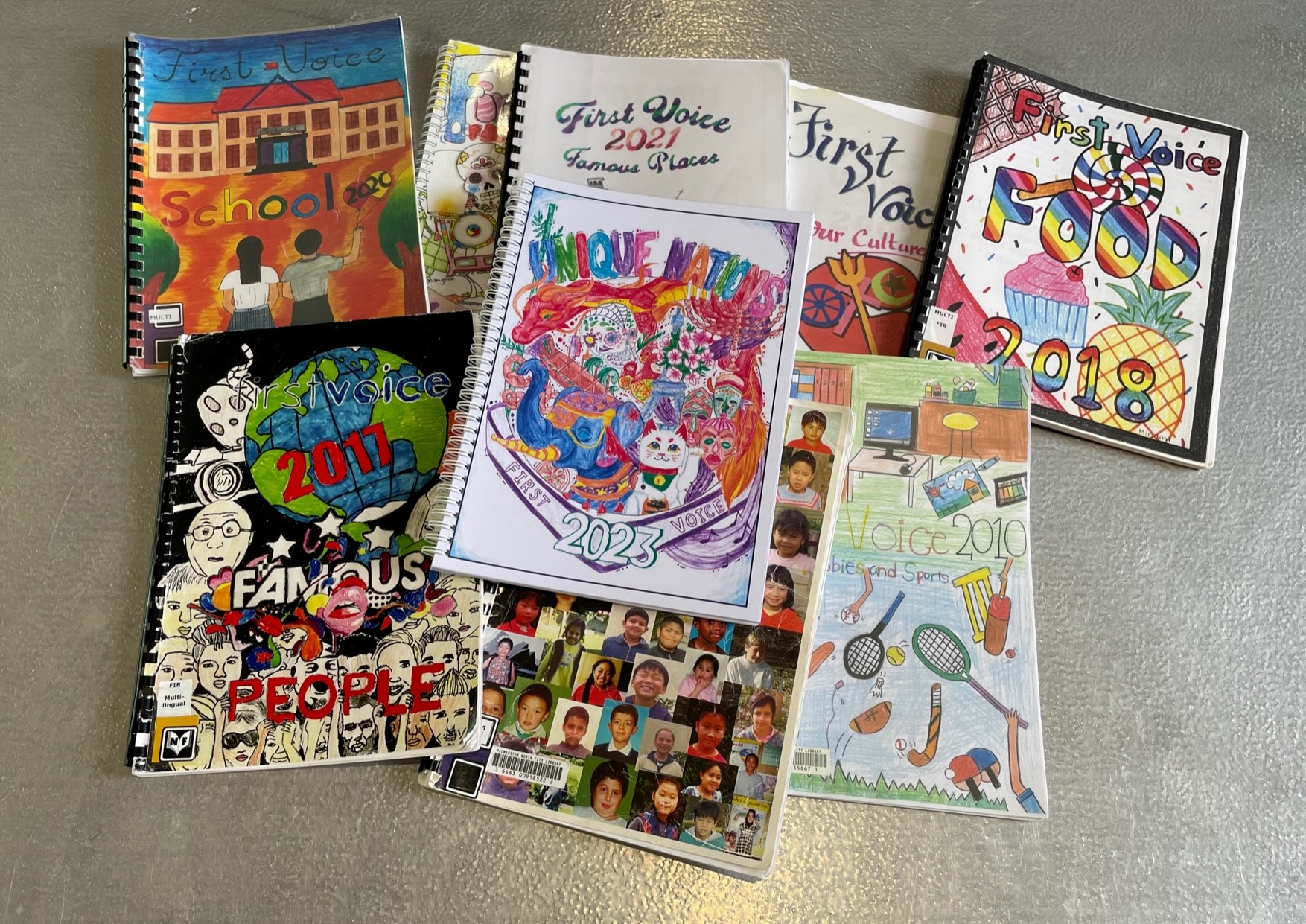
Once again the First Voice project has delivered a wonderful bundle of writing!
55 Palmerston North Intermediate Normal School students, from 27 non-English speaking backgrounds, produced a piece of writing in their mother tongue. This year, the theme was ‘Unique Nations’. With the assistance of mentors, the pieces were proofread. When the students returned to school, the results were published.
Amazing to see so many languages and scripts represented, from Tokelauan to Urdu, Swedish to Samoan.
You can peruse the finished article at Palmerston North City Library. It’s available as a physical version, and also online via Manawatū Heritage.
Congratulations to all the students involved – you’ve done an excellent job!

This article by Annelies Judson, children’s book reviewer, is mainly focused on self-published children’s picture books, but much of the advice applies to any self-published work.
“What I don’t think any self-published author wants is to have boxes and boxes of books from the minimum-size print run sitting in their garage, or having to spend months or years selling one copy here and there to eventually break even. So if I have any advice, it’s this: do your research, accept critique, and pay for professionals.”
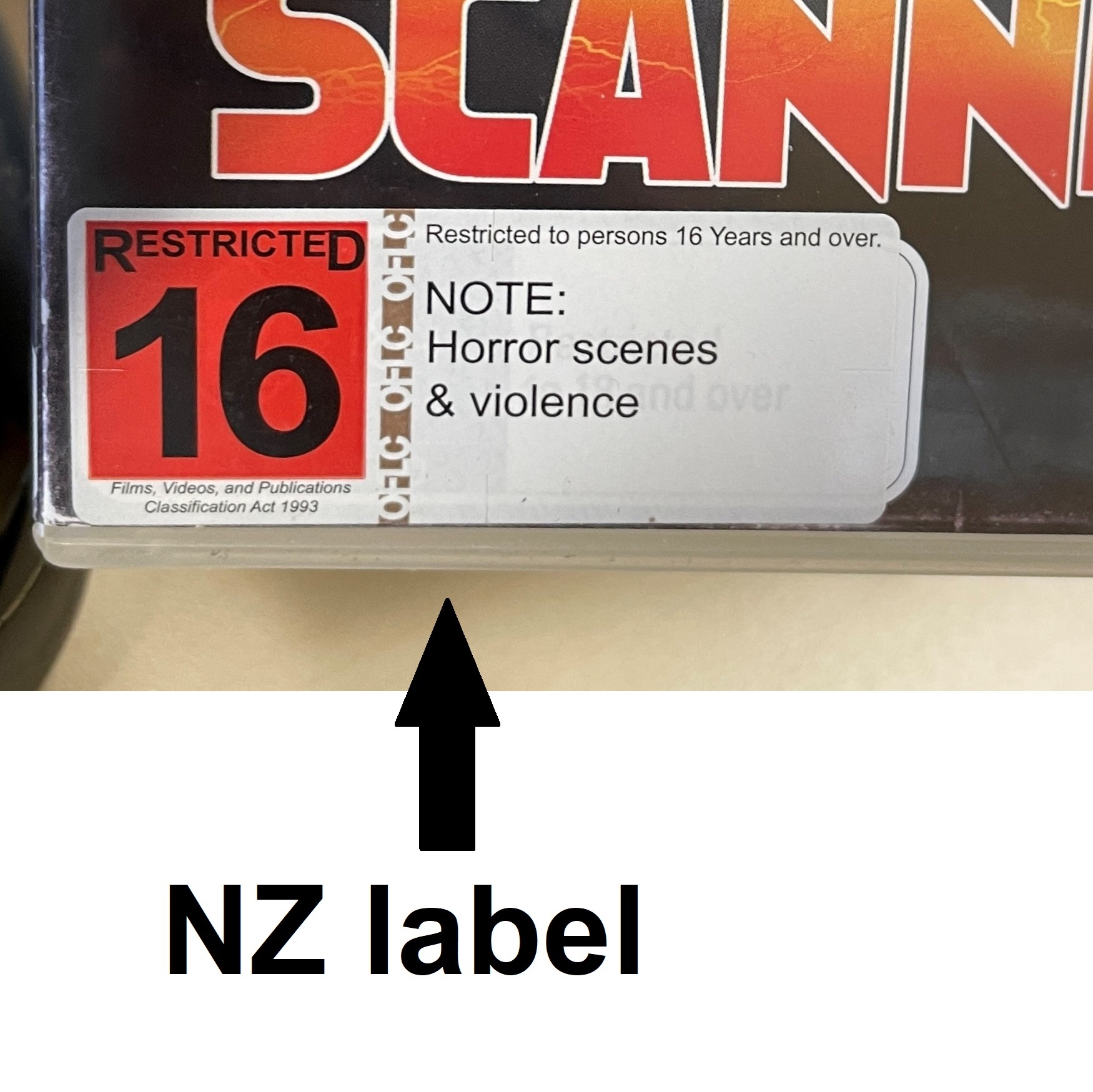
Kia ora! Someone just asked “why don’t the rating labels on this DVD match?” The spine says R18+ and the front says R16. The answer is that they’re labels from different countries. The only one we need to concern ourselves with is the one on the front – it’s from the Office of Film & Literature Classification (OFLC, now simply called the Classification Office), an official New Zealand body.
DVDs are usually released overseas before coming to Aotearoa. In the case of this one, it may have been a special import which was then given a New Zealand rating once it was here, and the new sticker overlaid.
Rating labels from some countries can look very similar to ours, so if you’re still not sure you can always look a movie up at the FVLB (Film & Video Labelling Body).
Once you know what you’re looking for, overseas labels are easy to spot. For example, we do not have an ‘R18+’ in this country (at time of writing).
In this case, the ‘notes’ (Horror scenes & violence) actually form part of the official rating. It tells you why it received that age designation, and helps you decide if it’s something you want to watch.
If you have any other questions about DVD ratings that aren’t answered by this post about DVD availability, please get in touch!
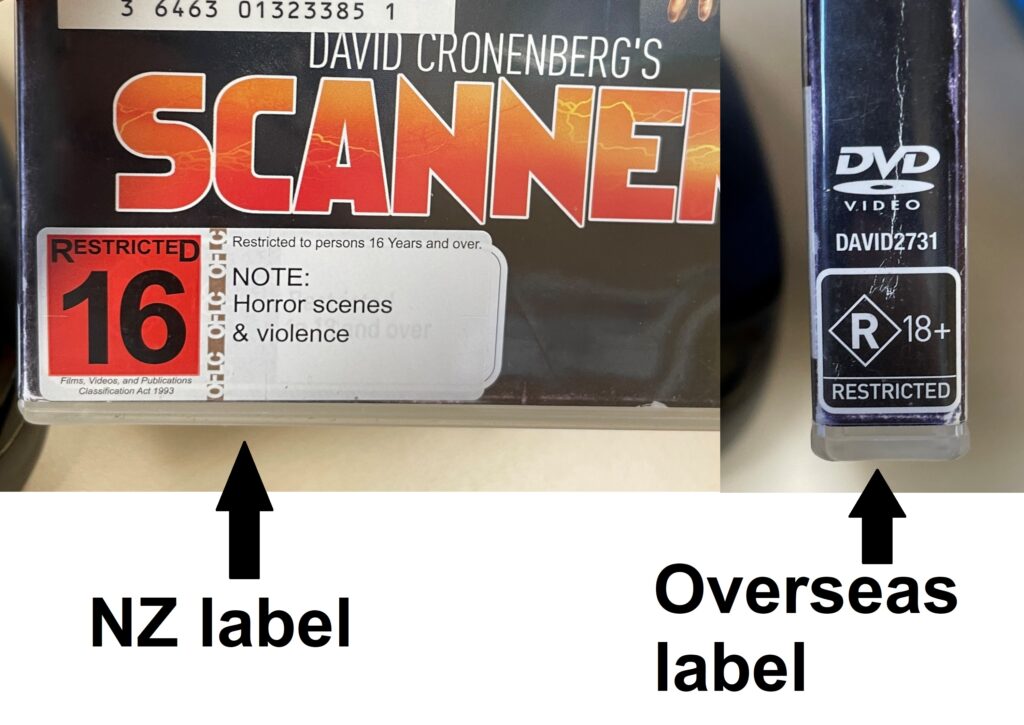

Kia ora! Here at Palmerston North City Library there are still DVDs you can borrow, at time of writing. But the availability of new ones for purchase is continuing to dwindle. Here are some reasons why.
There are fewer DVDs being produced these days, worldwide. The companies involved make more money from having their work on terrestrial TV, in movie theatres, or on streaming services. It’s a gamble for them to create a physical product and hope it sells.
This is also why many of the big DVD manufacturers no longer distribute to Aotearoa. It’s a small market here, so it’s even more of a gamble.
A library can only legally lend DVDs which have a New Zealand rating label, which is why overseas purchases (and most of the ones on TradeMe) are not available to libraries. As an individual you can buy a DVD from overseas if you like, but a library can’t. This can cause friction, when someone says “the library is missing series 2 of my favourite show, but I saw it for sale online”. It’s usually not something the library can purchase.
Which brings us to vendors. The reason a library has approved vendors is because they must be able to do invoicing and order tracking a certain way. Libraries receive hundreds of titles every year, so the supplier must be able to work with the systems and processes in place. They also need to be a supplier that can be trusted to supply the DVD with the correct rating label (so, again, not TradeMe). Ideally, they would also provide a rudimentary catalogue record for each title and some basic processing. For books, there are library supply companies that do this, but for audio visual companies that’s not often provided.
Palmerston North City Library is committed to keeping the DVD collection going for as long as people want to use it. If you have any further questions, please contact us.
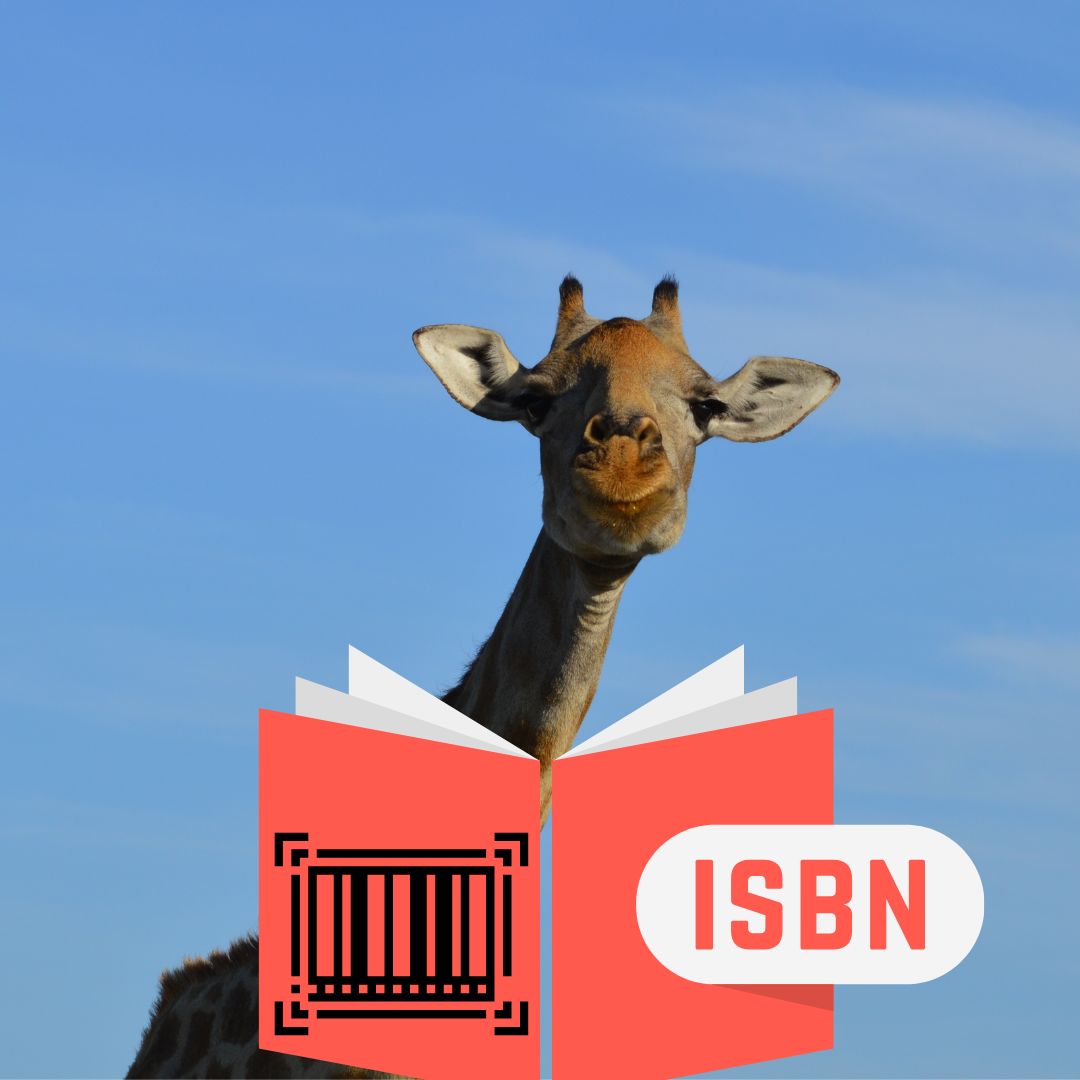
If you’re an author from Aotearoa, you can request an ISBN from the National Library of New Zealand here. There is no charge, although you may be asked to send a copy to the National Library once published. This will allow them to hold a copy for posterity, but also to create a catalogue record for your book, which can be used by libraries everywhere. So it’s actually a pretty good trade. Especially when you consider that in many other countries they charge for ISBNs. It could also potentially be used to prove your copyright claim if one ever comes up. Technically copyright is vested in a work as soon as you write it, but having a copy at the National Library can’t hurt.
Make sure you have all your book details organised before you apply for an ISBN. You can’t just say “book title to be advised”, or change the name of the publisher later. If you do want to do that you may have to create a whole new application, and they will still follow up on what happened with your original request.
Having said that, you will see that you only need basic information. They aren’t asking for number of pages or anything.
You can ask for an ISBN for various formats. Different formats of the same book will need different ISBNs. paperback, ebook, and audiobook being the main ones, but you will see that they differentiate between ePub and Kindle. Yes, you can get a Kindle ISBN to use with Amazon. If you don’t have one for Kindle, Amazon will supply you with a reference number that’s not an ISBN instead.
ISBNs help bookstore owners keep track of stock, and make sure they’re ordering the correct version. A customer needs to know if it’s the paperback or the more expensive hardback, for example. They also help people to search for your book online, if you aren’t a household name (yet) and/or if your book title is a common word. (Looking at you, “It” by Stephen King!)
Contact us if you have any ISBN questions and we’ll do our best to help.
Check out our Local Author Resources page for more handy tips.
Recent Comments